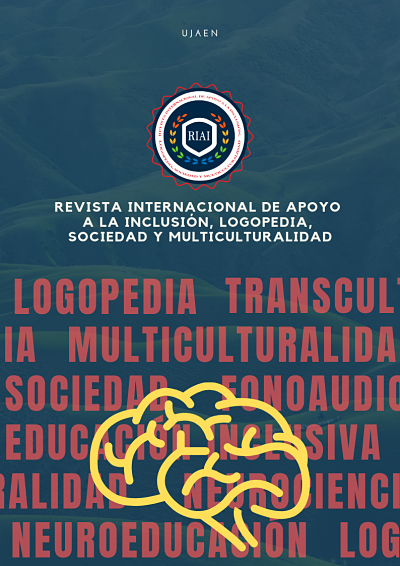Friendly cities with vulnerable groups. A comparative perspective Cuba-Spain
DOI :
https://doi.org/10.17561/riai.v6.n2.4Mots-clés :
lúdico, ensino, aprendizagem, interação, socializaçãoRésumé
Este artículo se enmarca dentro del Proyecto de Cooperación Internacional “Capacitación en accesibilidad universal para la gestión estratégica del envejecimiento poblacional en la provincia de Villa Clara (Cuba)”, financiado por la Consejería de Fomento, Infraestructuras y Ordenación del Territorio de la Junta de Andalucía (2018/2020). Una ciudad amigable con las personas mayores es aquella que alienta el envejecimiento activo poblacional mediante las oportunidades de salud, participación y seguridad. El objetivo de este estudio es poner en valor la importancia de promover ciudades amigables con los colectivos más vulnerables, centrándonos en el de personas mayores, siendo éstas uno de los grupos de población que aparecen referenciados en la Carta Mundial de Derecho a la Ciudad de manera específica como objetos prioritarios de atención. Para ello, se ha llevado a cabo una revisión sistemática de la literatura existente en el tema, realizando una comparativa entre Cuba y España. Como resultados podemos señalar que, si bien existen en ambos países importantes avances, aún queda un largo camino por recorrer. Es necesario seguir desarrollando estrategias de inclusión para evitar las dificultades de acceso e integración de la ciudadanía en general y los colectivos más vulnerables en particular.
Téléchargements
Références
Alguacil, J. (2006). Barrios desfavorecidos: diagnóstico de la situación española. En V Informe FUHEM de políticas sociales: la exclusión social y el estado de bienestar en España (pp. 155-168) Madrid, España: FUHEM.
ARUP (2019). Cities Alive-Designing for ageing communities. Retrevied from: https ://www.arup.com/es-es/perspectives/publications/research/section/cities-alive-designing-for-ageing-communities
Fundación ONCE & TECNALIA (2015). Libro Blanco de la Ciudad Inclusiva. Recuperado de: https://www.esmartcity.es/biblioteca/libro-blanco-de-la-ciud ad-inclusiva
González, E., y Marín, M.E. (2005). Una práctica para la convivencia. Revista de Trabajo Social de la Universidad de Zulia, 2(1), 33-50.
Harvey, D. (2009). Foro Social Mundial, Belém. Retrevied from: http://hic-gs.org/article s.php?pid=3825
Instituto Nacional de Estadística [INE] (2019). España en Cifras 2019. Madrid, INE. Retrevied from: https://www.ine.es/prodyser/espa_cifras/2019/20/
Oficina Nacional de Estadísticas e Información [ONEI] (2019). El Envejecimiento de la Población. Cuba y sus territorios 2018. La Habana, Cuba.
United Nations (2014). The demographic situation in the world. Concise report. Retrevied from: https://www.un.org/
World Health Organization (2007). Global Age-Friendly Cities Project. Retrevied from: https://www.who.int/ageing/projects/age_friendly_cities/en/
World Health Organization [WHO] (2017). Aging and health. Retrevied from https://www.who.int/es/news-room/fact-sheets/detail/envejecimiento-y-healud
Téléchargements
Publié
Numéro
Rubrique
Licence
Licencia de reconocimiento Creative Commons que permite Compartir — copiar y redistribuir el material en cualquier medio o formato y Adaptar — remezclar, transformar y crear a partir del material bajo las condiciones de Reconocimiento.










